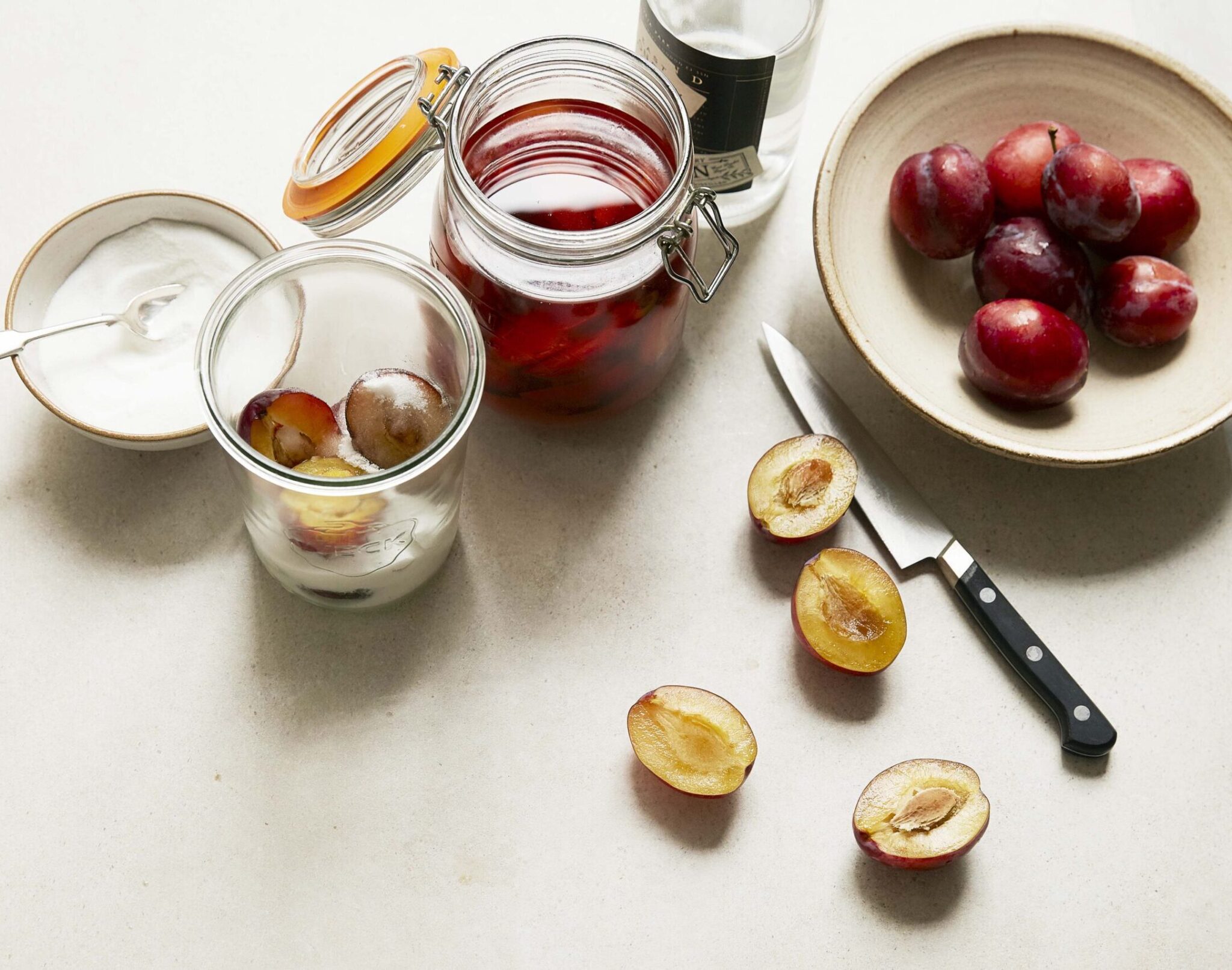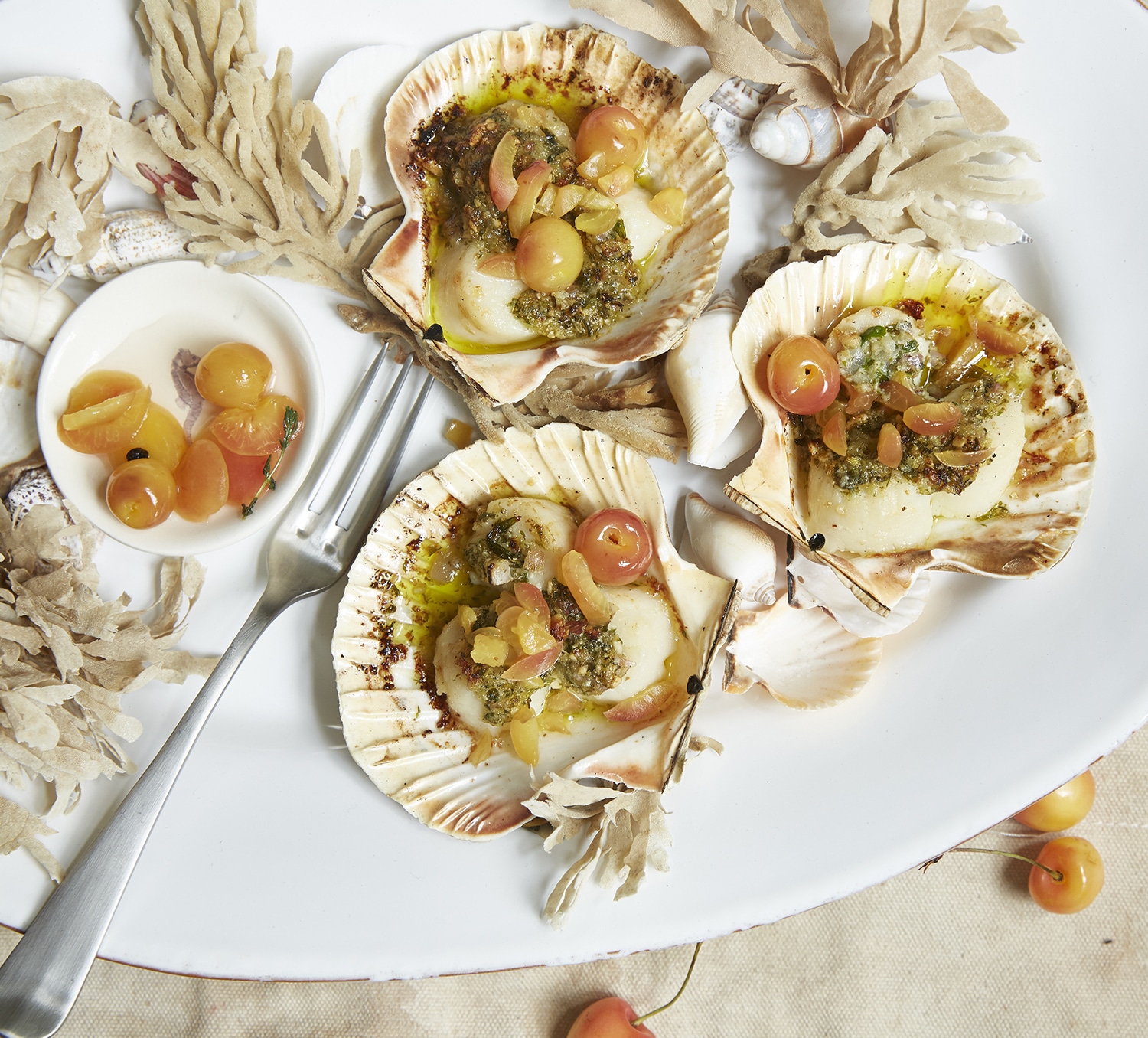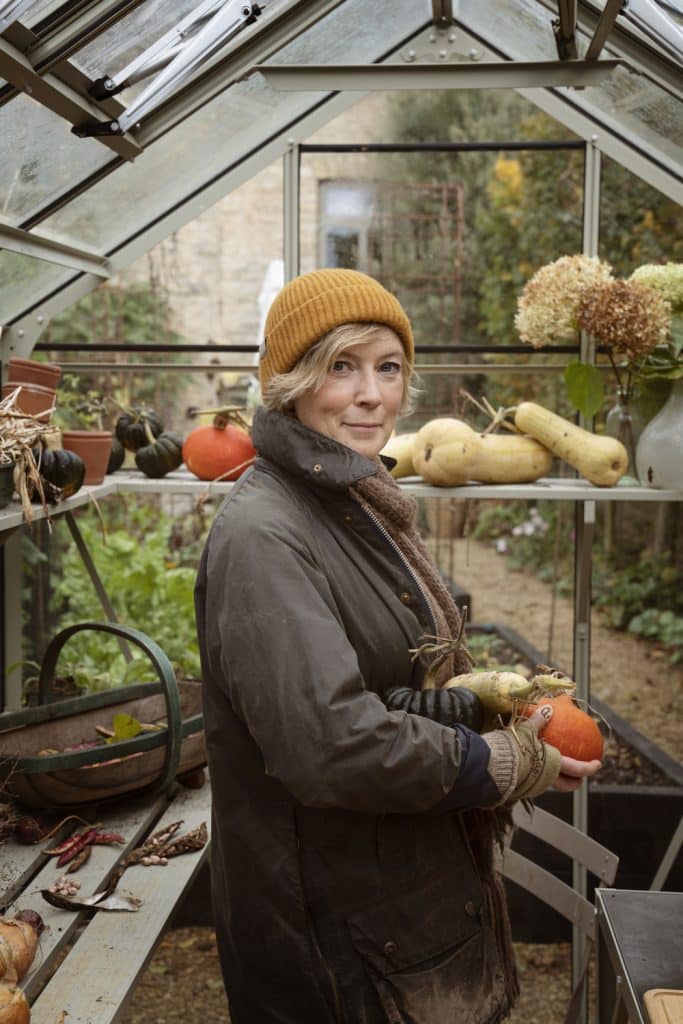Land of plenty
Kathy Slack on why seasonal produce gluts are so exciting and the preservation techniques we can use to prolong them
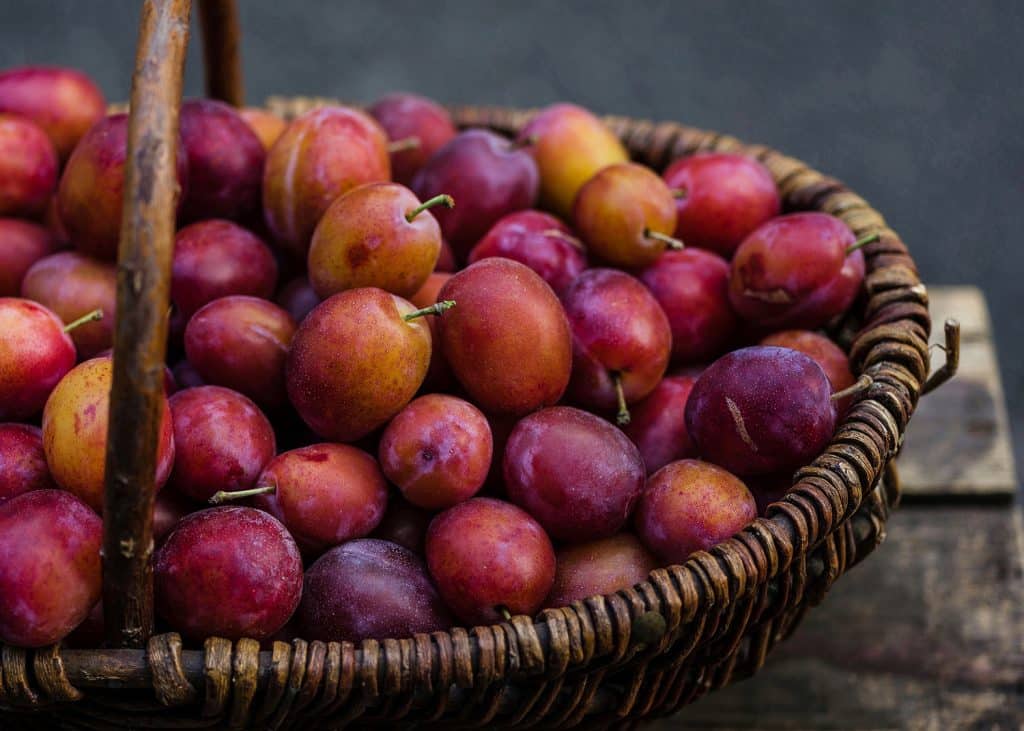

“THIS, FOR ME, IS THE TIME TO GATHER GREAT BUCKETSFUL OF PRODUCE TO PRESERVE AND STORE FOR LEANER TIMES”
Words: Kathy Slack / Images: Orlando Gili, Regula Ysewijn
I’ll be honest, I’m a terrible vegetable grower. Dreadful. I’m ramshackle and disorganised and so overexcited that I sow far too many seeds all at once or forgetfully sow the same crop twice. Either way, I always end up with gluts. Take beetroot, for example. A sensible grower would sow a few seeds in April, a few more in June, and so on until August, thereby enjoying a steady but not overwhelming supply of delicious, exciting beetroot meals.
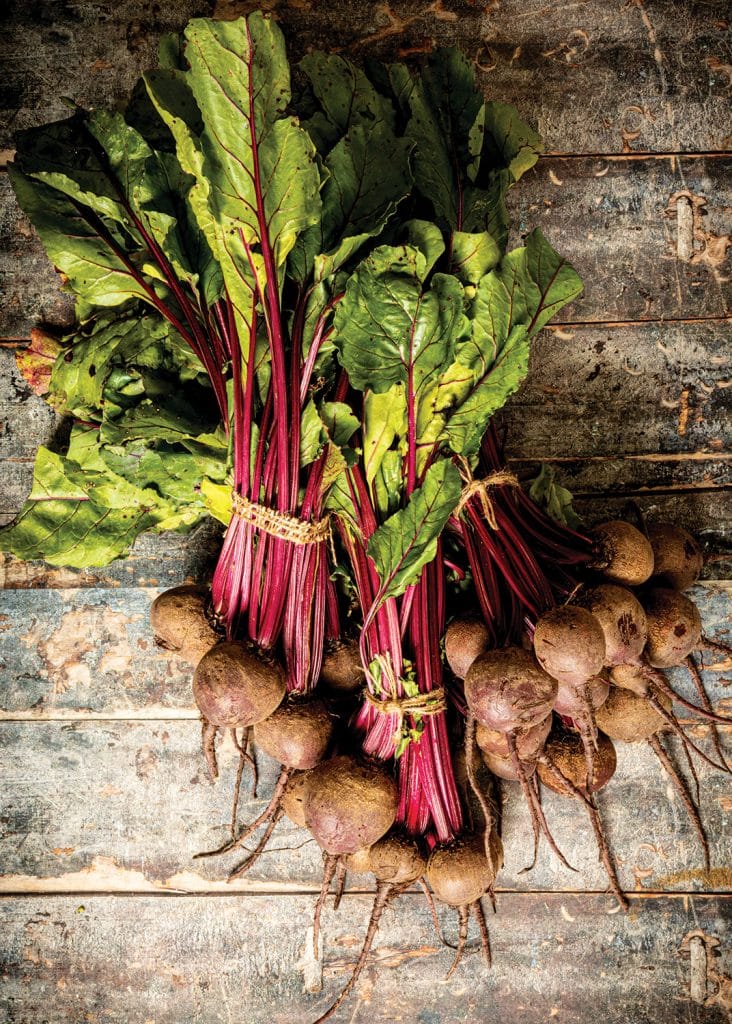
Not me. Come April, I get so overexcited I sow the whole seed packet all at once. This year, germination was virtually 100 percent, so now I have kilos and kilos of beetroot to use up. A proper glut. I pickle, make soup, shred it into slaws, roast it for dips, freeze it for winter. I’ve been known to candy it too – anything to use it up. (Candied beets are, by the way, wonderful atop cakes, but the recipe doesn’t use up much beetroot!)
Will I never learn?
Actually, I don’t want to learn. I enjoy the gluts. In fact, I relish them. And if there’s a crop I don’t grow, like plums, then I will seek them out in peak season from growers who do have a glut, meaning I can still busy my days with jams, chutneys and crumbles for the freezer.
I would encourage everyone to embrace these seasonal gluts. Why? Well, for a start, gluts are the mother of invention. Faced with a cucumber plant producing two or three cucumbers a day, you’ll be amazed how quickly you explore ideas beyond a cucumber sandwich. Without a glut, I’d never have discovered cucumber and gin sorbet. Gluts encourage creative cooking.
Secondly, the flavour of fruit and veg in peak season is so much more intense than when it’s been coaxed into ripeness in a heated greenhouse or shipped miles to your door. I thought a broad bean was just a broad bean until I tried them young, podded and raw straight from the plant, their sweet butteriness a different beast from the bitter, mealy bullets that languish in supermarket crates for days. These peak season sweeties are made for serving as a salad with goat’s cheese and sorrel dressing.
Non-growers too can experience the vibrancy of just-picked vegetables thanks to Borough Market traders like Steven Brown whose regenerative farm in Essex, 13 Acre Orchard, puts freshness first. “This approach reflects the deeper values behind shopping at Borough Market rather than at a supermarket,” he says. “Freshness is at the heart of what we offer. The produce you find on our stall is often harvested just a day or two before being sold.”

And how often in life is the better-quality option also the cheaper one? As well as being at their most flavourful, vegetables in peak season are also at their most abundant, and so often at their cheapest. This, for me, is the time to gather great bucketsful of produce to preserve and store for leaner times. It’s a frugal, satisfying and creative way to enjoy nature’s bounty all year round.
At 13 Acre Orchard, they do this on a grand scale: “During times of glut, or when fruit and vegetables don’t meet our visual grading standards, we repurpose them into preserves, jams and other long-lasting products. Apples and pears that aren’t suitable for retail are pressed into fresh juice, making sure their flavour still reaches our customers in another form.” Admittedly, a home fruit press may be an over-investment even for me, but I do take Steven’s point. And you don’t need a whole lot of kit to preserve the bounty.
As I write in my new book, Rough Patch, the most important thing about embracing seasonal gluts is that it reconnects us with nature. Our meals become tied to the land, to the weather and to the growers who produce our food. It’s a chance to celebrate and learn about the seasonal changes in a way that supermarket shopping, with its focus on shelf life and uniformity, cannot offer. “You’ll find lesser-known, heritage, and wild varieties throughout the year – products the big shops won’t stock because they value consistency over character,” says Steven.
Steven also sees embracing gluts as an act of hope, a commitment to a more diverse food system. “Shopping at Borough is about connection,” he explains. “This shared curiosity and knowledge creates an environment of inspiration and innovation. From growing and preparing to cooking and tasting, we’re all part of something bigger. Together, we’re helping shape a more abundant, creative, and seasonal future for food.”
Who would have thought that embracing a glut of courgettes could be such a manifesto for a more sustainable, joyful future?

Five techniques for making the most of gluts
Freezing
It may shatter the romantic notion you have of preserving as an ancient, rural tradition, but the freezer is your friend. Soft fruit can be halved, stoned if necessary, frozen on trays so it doesn’t clump together, then bagged up for use in smoothies, compotes or jams. Vegetables like runner beans can be cooked until just tender, plunged into cold water to prevent overcooking, patted dry and frozen for curries, stir fries and soups. Tomatoes, by the way, are glorious frozen whole then shaved, still frozen, over eggs on toast.
Pureeing
Many vegetables (cauliflower, celeriac, carrots and beetroot, for example) can be finely sliced, sauteed in butter until soft then whizzed into a velvety puree. From here they can be served as an alternative to mashed potato, made into soups by adding stock or milk, stirred through blitzed butterbeans for dip, or made into gnocchi like my cauliflower gnocchi with sage butter and hazelnut, all of which can be frozen for the ultimate ready meal stash.
Batch cooking
You might be thinking about getting a bigger freezer by now, but if you have room, processing the gluts as they arrive is a gift to your future self. No household can eat corn on the cob every day for a month (believe me, I have tried), but a big batch of chilli cornbread will use up to eight cobs and freeze marvellously. So too, savoury scones. Try these cauliflower and cheese scones, which also work well with courgettes or beetroot in place of the cauliflower. Come February, being able whip out of the freezer a beetroot soup and a courgette scone for dunking is a deep satisfaction only glut-lovers understand.
Pickling
It’s easy to imagine that making pickles and chutneys involves steamy kitchen windows, sticky worktops and endless sterilising. More production line than cooking. And yes, that’s certainly an option. But a quick pickle will often suffice in managing a smaller glut and the result is just a tasty. A quick pickle is simply equal amounts of vinegar and sugar dissolved together over a gentle heat and left to cool. Finely chopped or sliced raw vegetable can be added to the cooled liquor, then stored for a couple of weeks in the fridge. Try cucumbers (seedy middles removed), beetroot, cherry tomatoes (best left whole), ribbons of carrots, but also pears, cherries and blackberries. All will take a cheese sandwich to another level.
Jamming
As a guide, any mixture of fruit and sugar in equal quantities can be bubbled to 104C and poured into sterilised jars for storage. The fruit needs to be cooked before the sugar is added (so plums, for example, need simmering until the skins are soft) and if the fruit is low in the jam-setting compound pectin (strawberries, figs, blackberries) then a squeeze of lemon or the addition of another high-pectin fruit (apples, redcurrants, unripe plums) will help it set. Be bold with your flavours. Add rosemary to plum jam, thyme to apple and blackberry. And experiment with your ‘fruit’ – I once dealt with a marrow glut by turning it into ginger-laced jam and no one batted an eyelid at the breakfast table!
Rough Patch by Kathy Slack (Little, Brown) is available now

